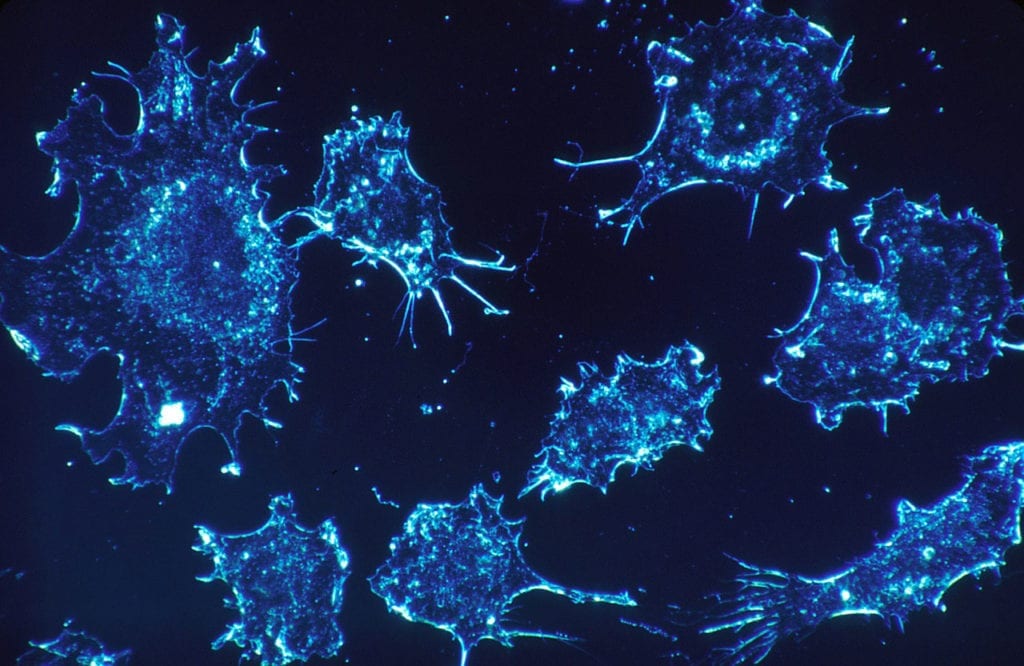Zanidatamab is an investigational IgG1 bi-specific monoclonal antibody that targets two non-overlapping HER2 domains. HER2 is overexpressed in a variety of cancer types such as breast cancer and esophageal cancer. By targeting and binding to HER2, zanidatamab works by causing cancer cell death and stimulating the immune system. Reporting by HealthDay News and TTown Media shares that researchers recently sought to understand whether zanidatamab could show promise in treating HER2-mutated bile duct cancer.
Evaluating Novel Treatment Solutions
New therapies are urgently needed for people living with bile duct cancer. Currently, many people don’t receive a diagnosis until their cancer has spread. This has led to a 5-year survival rate of just 9-11% depending on where the cancer starts (the liver or elsewhere). Further, only a small subset of people with bile duct cancer (5-15%) respond well to therapy. This can make receiving this diagnosis extremely frightening and is why researchers are working to develop better options.
In Phase 2b study results published in The Lancet Oncology, the research team explored the impact of zanidatamab treatment on 87 individuals with advanced bile duct cancer. 41% (36 participants) responded to treatment and had tumor shrinkage of more than 33%. The responses came as early as two or fewer months from the start of treatment and showed sustained activity of a median 12.9 months. Zanidatamab was relatively well-tolerated and safe, although some individuals experienced adverse reactions such as nausea, injection site reactions, and diarrhea.
Future Research
While these results are promising, more research on zanidatamab is needed. First, it is important to understand how this treatment may impact overall survival rates: will it help people with advanced bile duct cancer to live longer? Next, researchers want to confirm that the therapy is safe, well-tolerated, and effective. Finally, additional studies may focus on the interaction between zanidatamab and other standards-of-care to see if, together, they could further increase efficacy.
About Bile Duct Cancer
Also known as: Cholangiocarcinoma
Where this cancer begins: In the ducts (tubes) that carry bile from the liver to the gallbladder and small intestine
Does it always begin in the same place? No. Bile duct cancer may be intrahepatic (forming in the bile ducts within the liver), distal (in the ducts near the small intestine), or hilar (in the ducts outside of the liver).
What is the cause? Doctors and researchers don’t know the exact cause of the genetic mutations that cause cells to multiply out of control.
But are there risk factors? Yes. If you are over 50 years old, smoke cigarettes, and have a liver parasite, congenital bile duct issues, primary sclerosing cholangitis, or chronic liver disease, you have an increased risk of developing this cancer.
What are the symptoms? If you have bile duct cancer, you may experience severe fatigue, abdominal pain, itchiness, and unintentional weight loss. You may notice that your stool is white or abnormally pale but your urine is dark. Jaundice (yellowing of the skin and eyes), fever, and drenching night sweats may also be a sign of this cancer.
What tests diagnose bile duct cancer? A full health examination, biopsies, endoscopic retrograde cholangiopancreatography, tumor marker tests, and liver function tests.
The current treatment options are…? Chemotherapy, radiation, biliary drainage, surgery, photodynamic therapy, and liver transplantation. Experimental therapies are also being evaluated in clinical studies.



-300x300.jpg)




